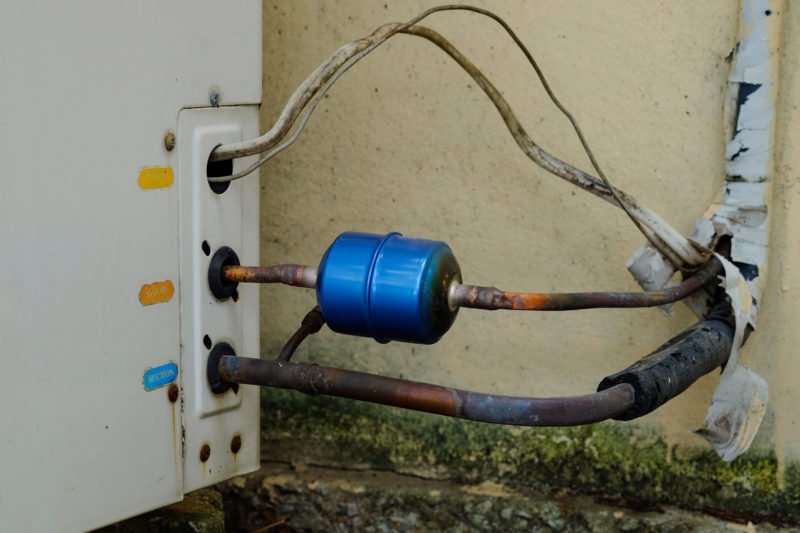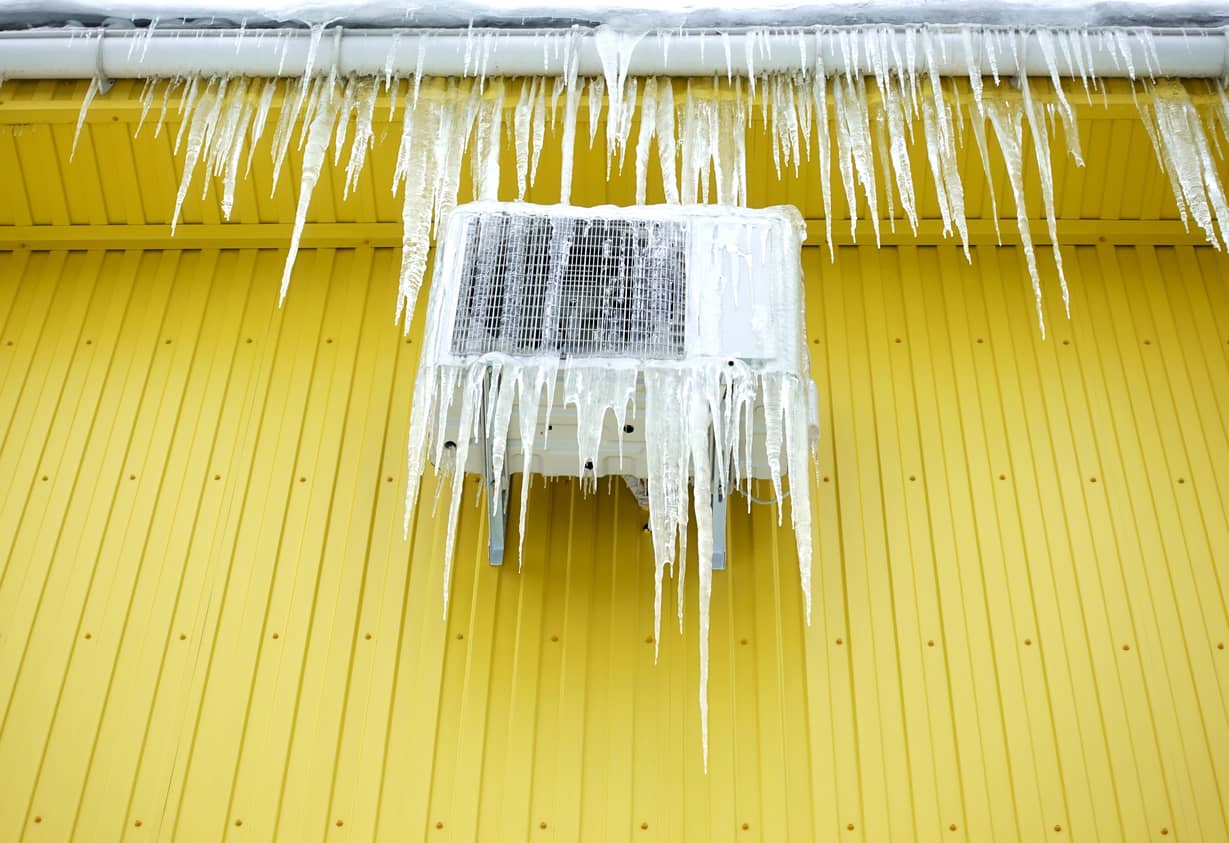Actions to Take When Your AC Pipe Gets Frozen: Crucial Guidance
Actions to Take When Your AC Pipe Gets Frozen: Crucial Guidance
Blog Article
Here down the page you can find more professional additional info concerning Have a Frozen AC Line? Here’s How to Fix It.

Introduction
Finding that your AC pipeline is frozen can be worrying, particularly throughout hot summertime when you count on your a/c the most. Recognizing what to do in such a scenario is crucial to stop additional damage to your air conditioning system and guarantee your comfort inside.
Recognizing the Causes
Numerous variables can contribute to the freezing of an air conditioner pipeline. Recognizing these reasons can help you address the issue efficiently.
Lack of Airflow
One common cause of an icy air conditioner pipeline is inadequate air movement. When the air flow over the evaporator coil is restricted, it can cause the coil to go down below freezing temperature level, resulting in ice formation on the pipeline.
Low Refrigerant Levels
Insufficient cooling agent levels in your AC system can additionally lead to a frozen pipeline. Low cooling agent levels can trigger the pressure in the system to go down, leading to the cold of moisture on the evaporator coil.
Winter Conditions
In cooler climates, freezing temperature levels outside can contribute to the freezing of air conditioner pipes. If your a/c device is not correctly shielded or if there are leakages in the ductwork, cold air can infiltrate the system, triggering the pipeline to ice up.
Dirty Air Filters
Dirty or stopped up air filters can limit airflow in your a/c system, bring about various concerns, consisting of an icy pipeline. It's important to change or clean your air filters regularly to make certain proper air flow and avoid ice build-up.
Signs of a Frozen A/c Pipe
Acknowledging the indications of a frozen air conditioner pipeline is critical for timely action.
Lowered Airflow
If you observe a considerable decrease in air movement from your vents, it could show a frozen pipeline.
Ice Buildup on the Pipe
Visible ice build-up on the refrigerant line or the evaporator coil is a clear sign of a frozen a/c pipeline.
Unusual Sounds from the Unit
Uncommon sounds, such as hissing or bubbling, originating from your AC system can signify that there's ice present on the pipe.
Immediate Actions to Take
When confronted with an icy AC pipe, it's important to act promptly to stop further damage to your cooling system.
Shutting off the a/c
The very first step is to switch off your a/c unit to avoid the system from running and worsening the problem.
Checking for Blockages
Inspect the area around the interior system for any type of obstructions that might be obstructing air flow, such as furniture or drapes.
Defrosting the Pipe
You can make use of gentle approaches like positioning towels taken in warm water around the icy pipeline to aid thaw it gradually.
Safety nets
Taking safety nets can assist prevent future occurrences of a frozen air conditioner pipeline.
When DIY Methods Fail
If your efforts to thaw the pipeline or address various other concerns are unsuccessful, it's time to contact a specialist.
Significance of Hiring a Professional HVAC Technician
A qualified HVAC specialist has the expertise and tools needed to detect and repair problems with your a/c system securely and effectively.
Regular Maintenance Checks
Arrange routine upkeep get in touch with a professional HVAC technician to guarantee that your air conditioning system is running effectively.
Changing Air Filters
Frequently replace or clean your air filters to prevent air movement constraints and preserve optimal efficiency.
Shielding Exposed Pipes
If your a/c pipes are revealed to chilly temperatures, consider shielding them to prevent cold during winter months.
Looking For Professional Help
If DIY methods fall short to deal with the concern or if you're uncertain concerning exactly how to continue, it's best to look for aid from a qualified HVAC professional.
Verdict
Handling an icy AC pipeline can be a discouraging experience, yet understanding how to react can assist minimize damages and bring back convenience to your home. By understanding the reasons, identifying the indications, and taking prompt activity, you can successfully address the problem and stop future incidents.
What to Do If Your AC Line Is Frozen
Make Sure All Supply and Return Air Vents Are Open
If you notice problems with airflow, the first thing you should do is check your supply and return vents. Supply vents distribute clean, conditioned air throughout your home. As this air becomes stale, it’s pulled into the return vent, where it’s reconditioned before being sent back out through the supply vent.
When these vents are closed, air won’t flow in the home. Before examining your AC, check the vents in every room and ensure they’re all open.
Check for a Dirty Air Filter
Another possible cause of limited airflow is a dirty air filter. Your air conditioner’s filters catch elements you don’t want to breathe in, such as dirt and dust. Over time, filters can become clogged, ultimately blocking air from flowing in and out. The lack of airflow can then cause the entire coil to freeze and will completely restrict any air from moving through it. The AC may need to be powered off for one to two days to allow the coil to thaw after replacing the filter to allow proper functioning of the unit. This debris can also accumulate on your AC’s evaporator coil, requiring a more serious repair. In general, air filters should be cleaned regularly (about every two weeks).
Assess Your Outdoor Unit
In addition to checking your AC, assessing the outdoor unit is a good idea. Also known as the condensing unit, it works with your interior unit to release heat outside. An issue with the outdoor unit can result in rising internal temperatures.
Overgrown Shrubs or Clogged Leaves
From leaves and twigs to shrubs and debris, there’s no shortage of outdoor elements that can accumulate around your condensing unit. When these elements get lodged inside the unit, they can block airflow. Fortunately, removing the blockage can solve the problem.
Sounds of a Broken Fan
Shrubs and leaves aren’t the only things that can impede your outdoor unit’s airflow. If the fan is broken, the unit won’t be able to properly get rid of heat — which means the internal temperature won’t go down. First, make sure the fan is spinning. If it is, check for the following sounds of a broken fan:
Buzzing Rattling Screeching Hissing Clicking Preventative Measures
Nobody wants to deal with a frozen AC line. In addition to causing problems with your air conditioner, they require professional repairs. On the bright side, there are preventative measures you can take to help ensure this issue doesn’t arise in the first place.
https://www.coopergreenteam.com/blog/what-to-do-if-ac-line-frozen

We are very curious about What Do I Do If My AC Pipe Is Frozen and I really hope you enjoyed our entry. Feel free to set aside a second to share this post if you appreciated it. Kudos for your time. Visit again soon.
Click For More Info Report this page